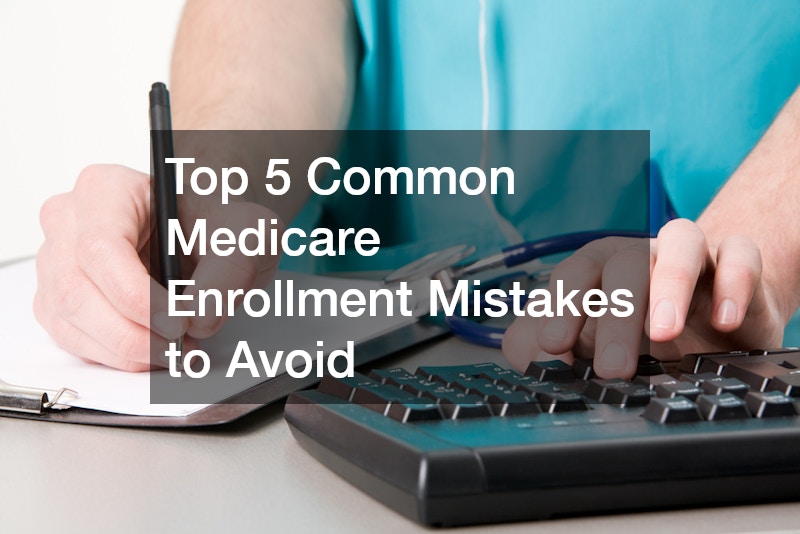
If you’re concerned about polycystic ovarian syndrome (PCOS), it’s important for you to understand fully what it is and what the symptoms look like. The most important thing to remember is that you should never attempt to self-diagnose. While doing your own research is important, make sure you consult with your doctor for a concrete diagnosis and treatment plan. Let’s get started.
One in ten women (about 10%) suffer from polycystic ovarian syndrome. Almost 5 million women are diagnosed with this condition every year in the United States.
The root cause of PCOS is a hormonal imbalance, which in turn can result in a variety of both internal and external symptoms. Unfortunately, this disorder still isn’t very well understood. A lack of funding and research have resulted in limited knowledge about its cause and appropriate treatments. Fortunately, there’s enough information for physicians to agree that the presence of a few key symptoms warrants a diagnosis.
These key symptoms are menstrual irregularities, increased testosterone levels, and multiple cysts (polycystic) on the ovaries. These root symptoms may result in an increased risk of acne, painful menstrual cycles, and even irregular body hair growth.
.



